When we think about what’s on our dinner plates, it’s not just about taste—it’s about impact, too. That’s especially true for seafood, where what we choose can ripple through the ocean’s ecosystems. If you’re a seafood lover, you may want to familiarize yourself with this list and see what popular seafood choices, might need a second thought before cooking them up.
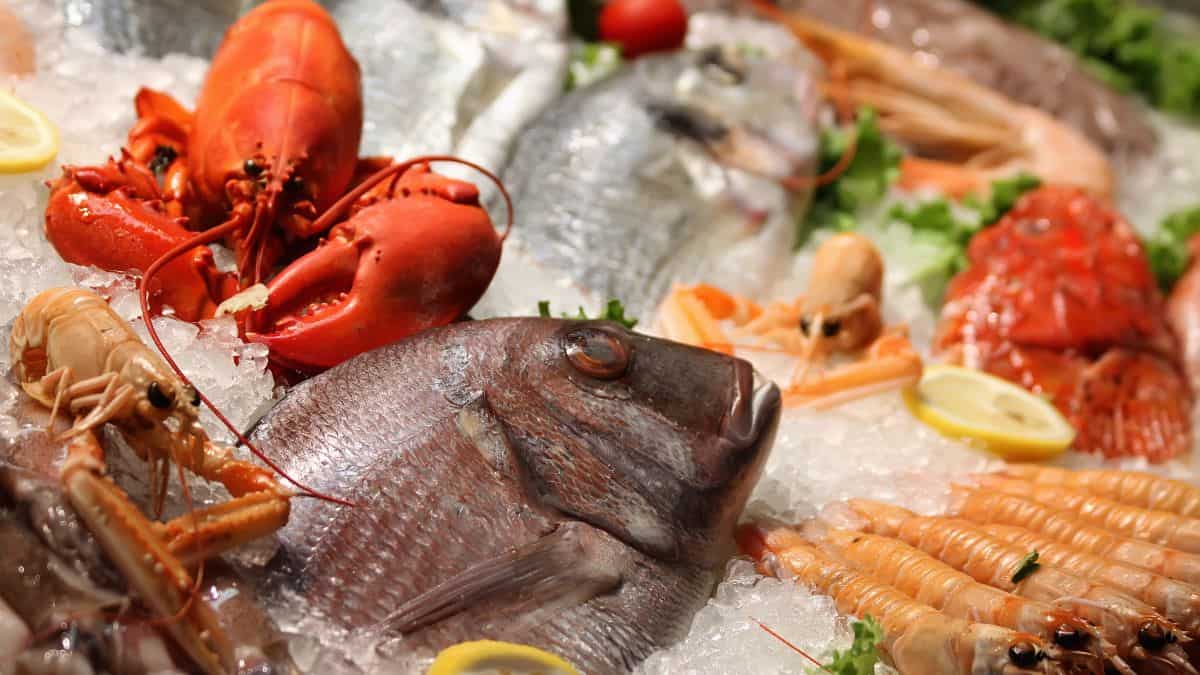
Imported Farmed Shrimp
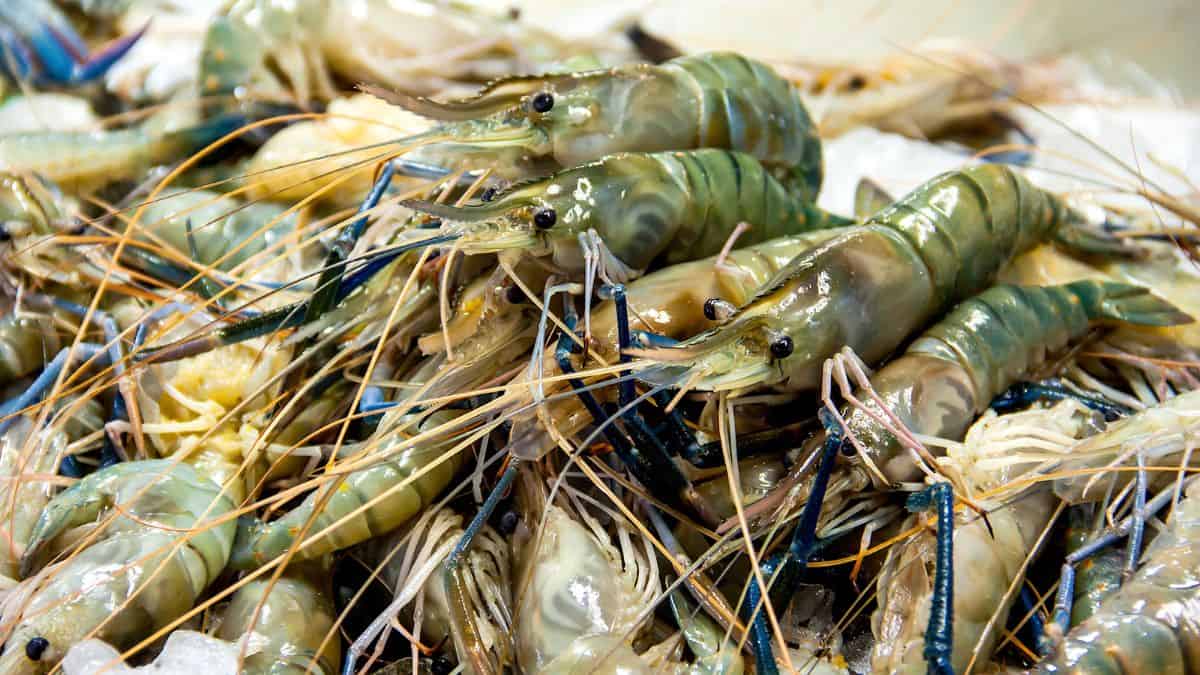
Imported farmed shrimp often comes from countries where regulations on antibiotics and pollutants are lax, leading to unhealthy and unsustainable practices. These conditions can harm local ecosystems and potentially affect your health. Instead, look for shrimp certified by environmental organizations or opt for wild-caught varieties.
Imported Catfish
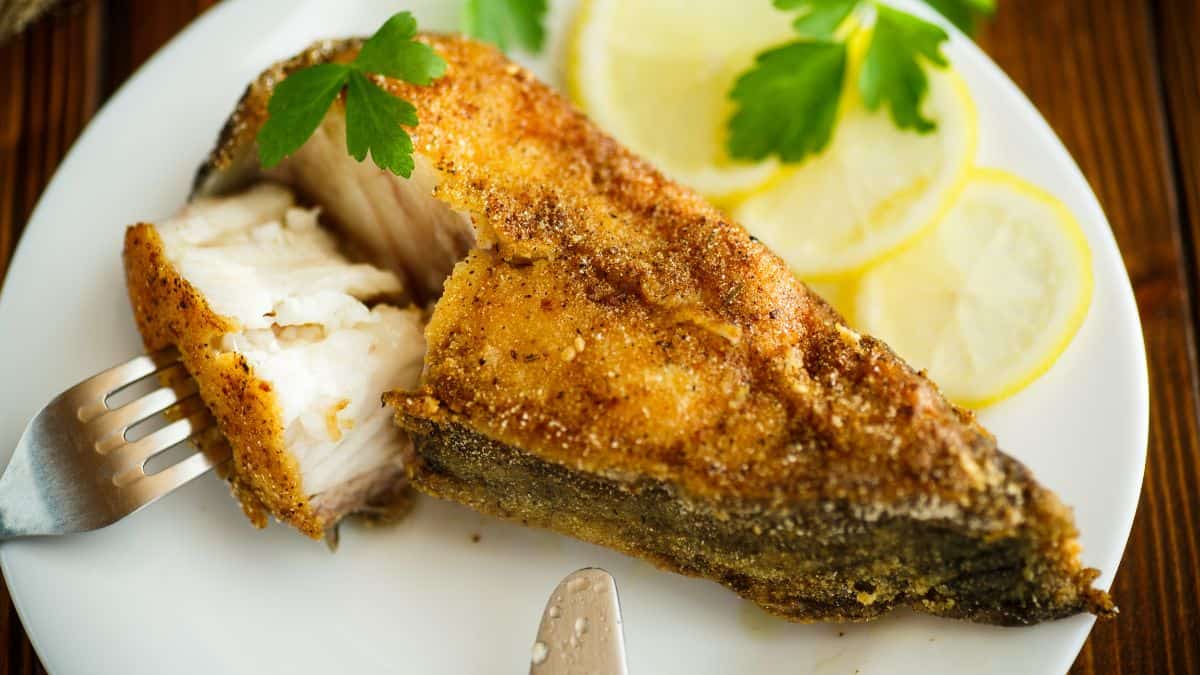
Much of the imported catfish available in the market is raised in conditions that are far from ideal, with high risks of contamination from the waters they’re farmed in. To avoid these risks, choose catfish sourced from domestic farms that follow stricter environmental and health standards.
Shark

Sharks are top predators in their ecosystems, and their declining numbers due to overfishing can have cascading effects on ocean health. Moreover, shark meat can contain dangerously high levels of mercury, posing a health risk. Alternatives like sardines or mackerel offer safer, more sustainable sources of similar nutrients.
Atlantic Cod

The demand for Atlantic cod has led to significant overfishing, depleting its populations. This not only threatens the species but also disrupts marine ecosystems. Pacific cod from sustainably managed fisheries is a responsible alternative that doesn’t sacrifice taste or texture.
Chilean Sea Bass

Once a luxurious menu item, Chilean sea bass is now a symbol of overfishing and environmental disregard. Illegal fishing practices further exacerbate its decline. Eco-friendly alternatives like Alaskan halibut provide a similar rich, buttery flavor without the environmental guilt.
Orange Roughy
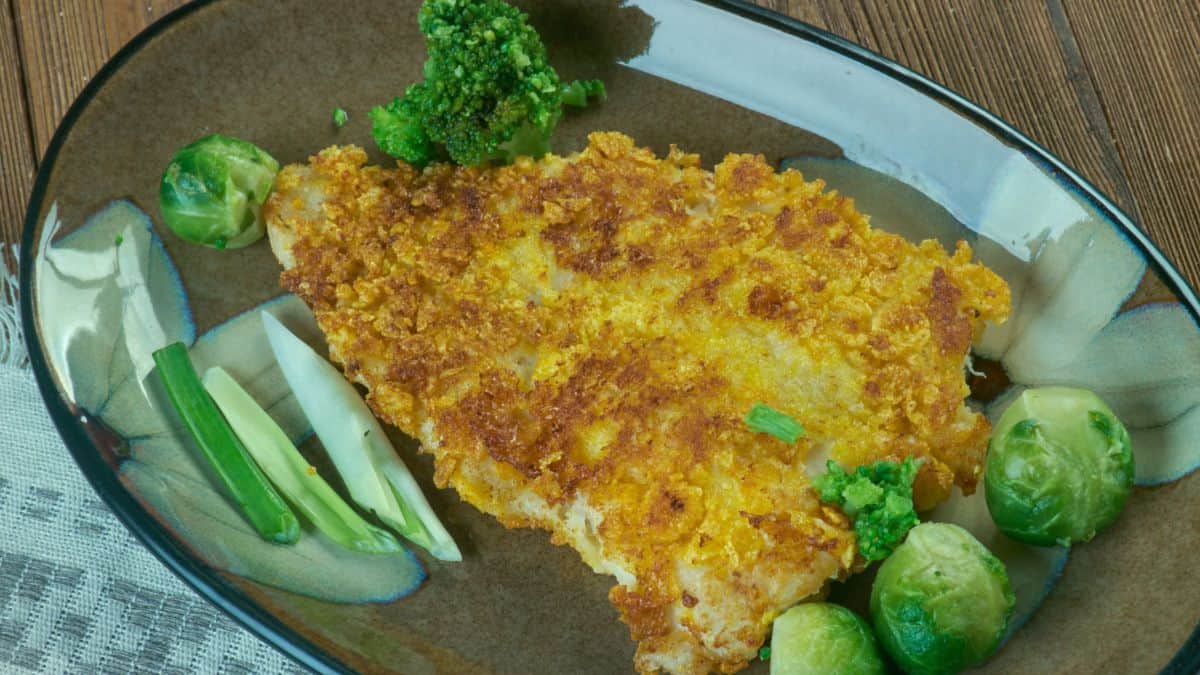
Orange roughy’s long lifespan and late maturity make it highly susceptible to overfishing, which has led to significant population declines. The fish is also known for accumulating high levels of mercury over its lengthy life. Healthier, more sustainable options include Pacific halibut or tilapia from responsibly managed farms.
Eel
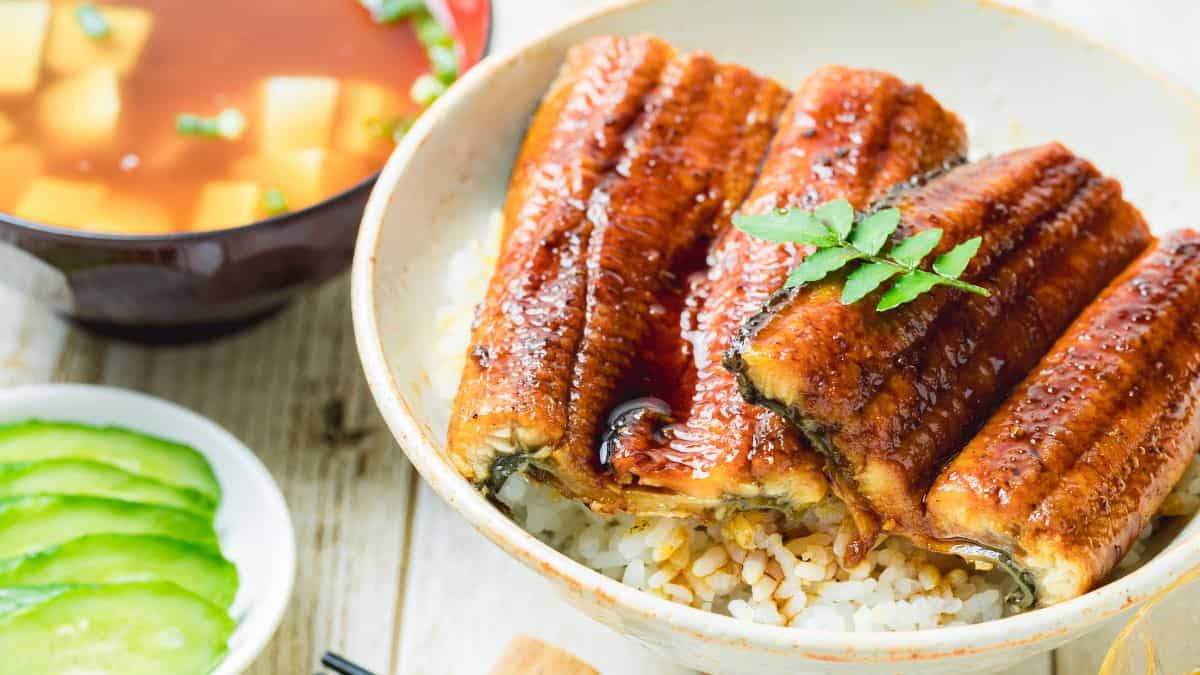
Eels are flagged for avoidance because they’re overfished and crucial for ecosystem health, aiding in water purification by spreading mussels in habitats like the Delaware River. Moreover, their tendency to accumulate toxins, including PCBs and flame retardants, poses significant health risks, with advisories in certain areas recommending limiting consumption to just one eel annually.
Imported King Crab

Much of the king crab sold in stores comes from Russia, where regulations and sustainability practices are often lacking. This contributes to overfishing and environmental degradation. Alaska king crab is a more sustainable choice, subject to strict U.S. fishing regulations and sustainability practices.
Atlantic Salmon
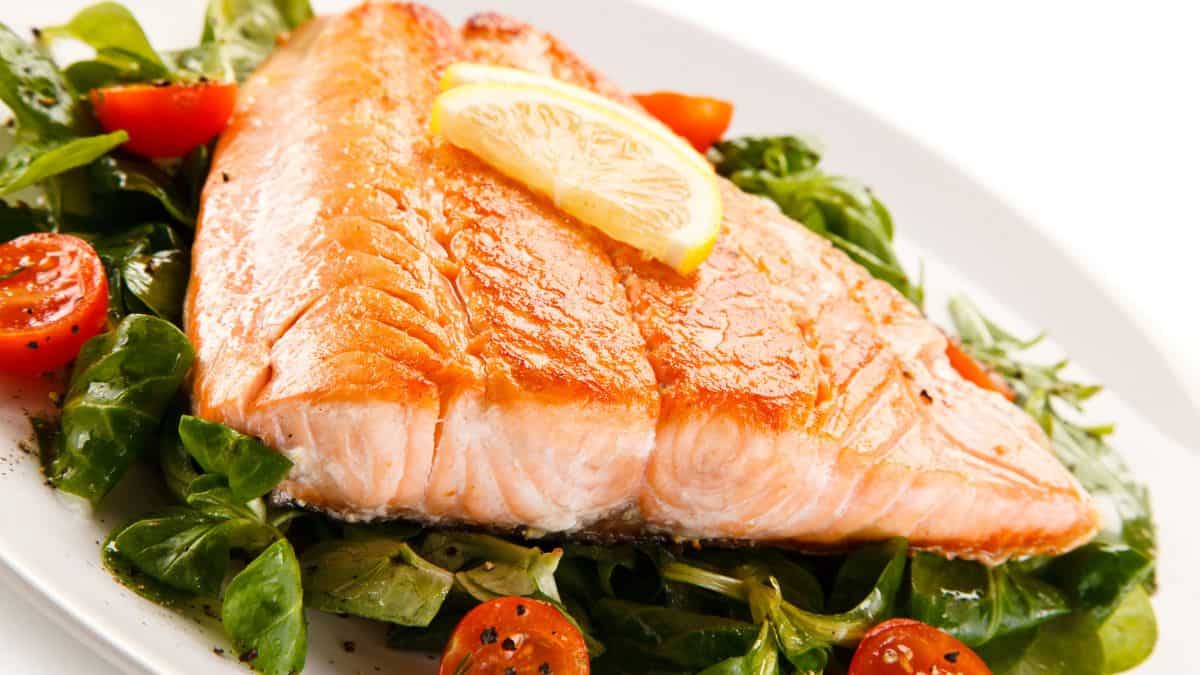
Farmed Atlantic salmon often comes from operations that can pollute waterways and spread diseases to wild salmon populations. There are concerns about the use of antibiotics and other chemicals. Opt for wild-caught salmon from the Pacific, or look for farmed options certified by rigorous environmental standards.
Tilapia

While tilapia is a popular and affordable option, it’s often farmed in crowded conditions that can lead to disease and pollution. However, when sourced from responsible farms, tilapia can be a sustainable choice. Look for certifications that ensure good environmental and health practices.
Swordfish
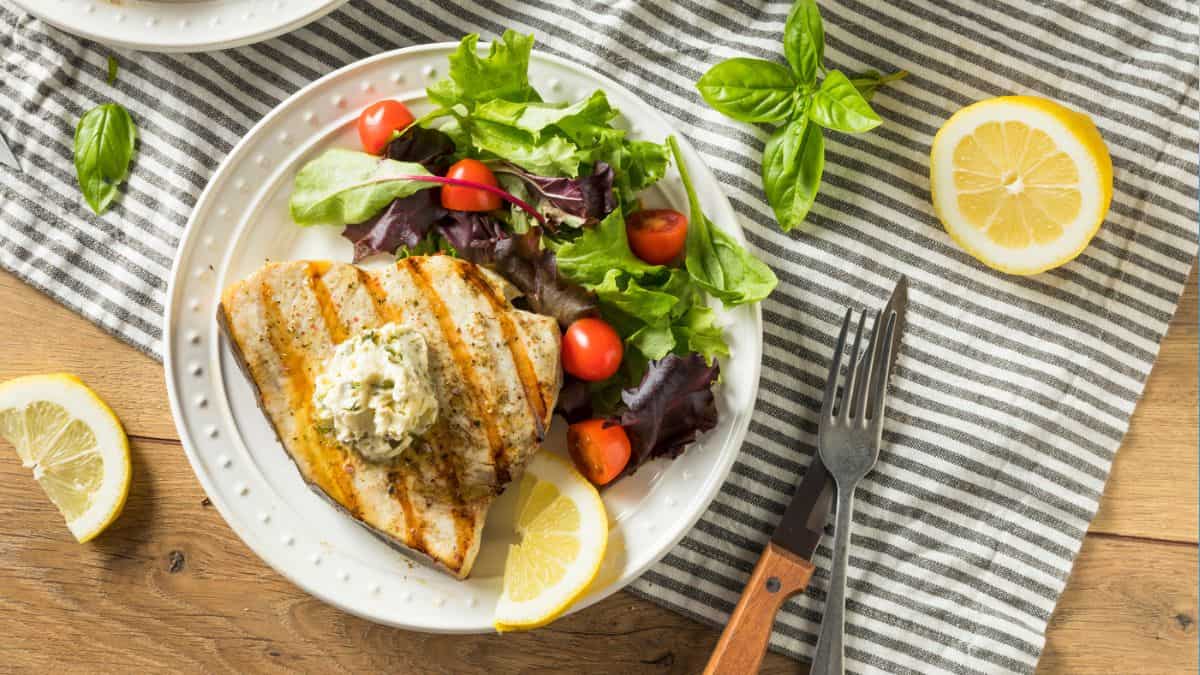
Swordfish are overfished in many parts of the world, and like shark, they accumulate high levels of mercury. Their decline has significant ecological implications. For a healthier and more sustainable option, choose smaller, lower-mercury fish such as trout or anchovies.
The Top 10 Mercury-Heavy Fish and What to Have Instead
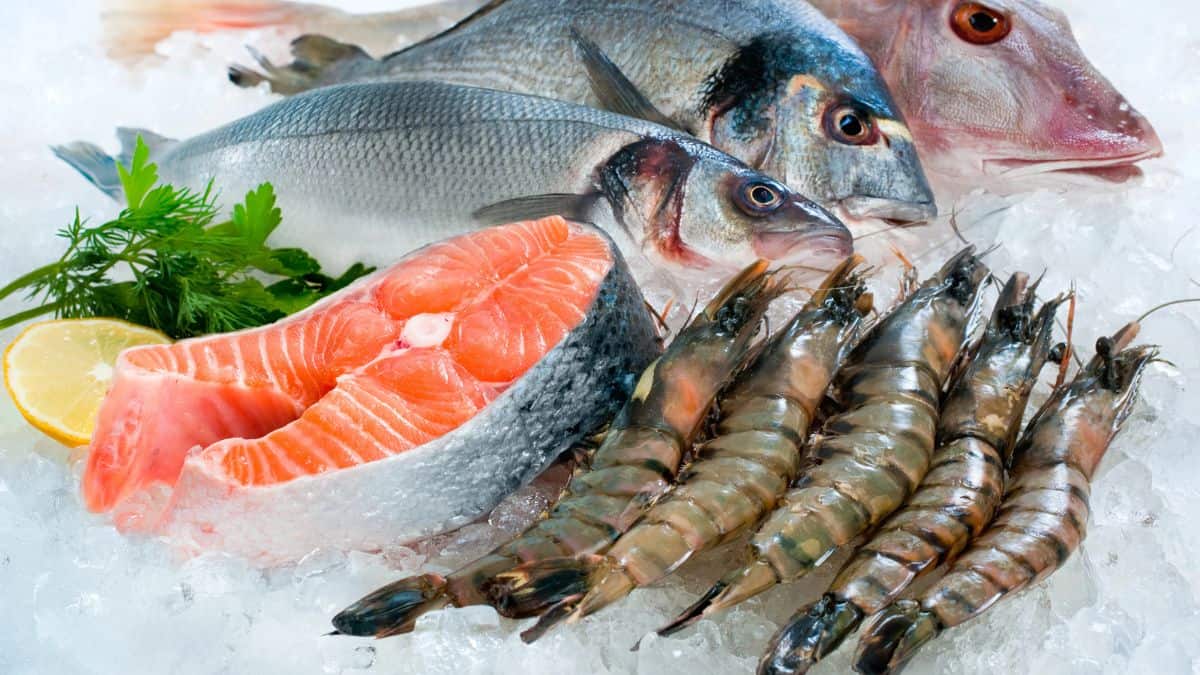
Navigating the world of seafood can sometimes feel like sailing through murky waters, especially when it comes to mercury content. While fish is a fantastic source of protein and omega-3 fatty acids, certain types pack a punch with high levels of mercury, posing health risks. We’re shining a light on those fish and offering up a net-full of safer alternatives so you can make informed choices to enjoy seafood that’s not only tasty but also good for your health.
See Them Here: The Top 10 Mercury-Heavy Fish and What to Have Instead
11 Simple Snacks for Better Blood Sugar Control

Keeping your blood sugar in check doesn’t mean you have to skimp on snacking. In fact, the right snacks can be your secret weapon in maintaining those levels while still satisfying those mid-day cravings. Pairing up the good stuff—fiber, proteins, and healthy fats—can help to keep blood sugar steady. These snack ideas are as delicious as they are smart for your health.
See Them Here: 11 Simple Snacks for Better Blood Sugar Control
10 Foods That Deceive You Into Thinking They’re Healthy

It’s easy to be fooled by foods that wear a healthy halo, especially when we’re trying to make better eating choices. Here’s the truth behind 10 foods that might seem like they’re on your side in the health department, but actually aren’t. Learn what makes them less than ideal and what to opt for in their place.
See Them Here: 10 Foods That Deceive You Into Thinking They’re Healthy
Select images provided by Depositphotos.
Gina Matsoukas is an AP syndicated writer. She is the founder, photographer and recipe developer of Running to the Kitchen — a food website focused on providing healthy, wholesome recipes using fresh and seasonal ingredients. Her work has been featured in numerous media outlets both digital and print, including MSN, Huffington post, Buzzfeed, Women’s Health and Food Network.








